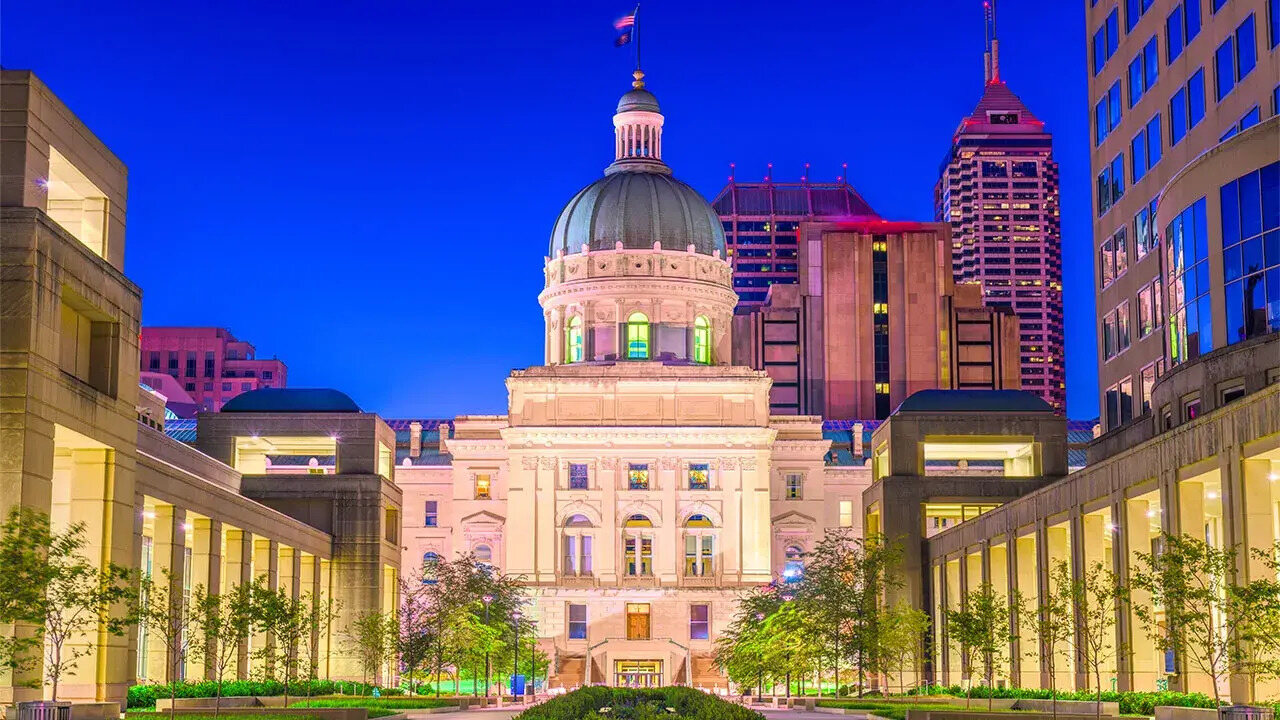What Was Indiana’s Capital Before Indianapolis? The Surprising Answer

Before Indianapolis became the bustling capital of Indiana, another city held that title. Many people are surprised to learn that Corydon was the first capital of Indiana. Nestled in the southern part of the state, Corydon served as the capital from 1816 until 1825. This small town played a significant role in Indiana's early history, including hosting the state's first constitutional convention. Corydon's charm and historical significance make it a fascinating place to visit today. If you ever find yourself in Indiana, a trip to Corydon offers a unique glimpse into the state's past before Indianapolis took center stage.
Indiana's Early Capitals
Before Indianapolis became the bustling capital of Indiana, the state had other capitals that played significant roles in its history. Let's take a look at these important places.
1. Corydon
Corydon holds the distinction of being Indiana's first state capital. Established in 1816, this small town served as the political hub during the early years of statehood.
- Historical Significance: Corydon hosted the state's first constitutional convention.
- Notable Sites: The Corydon Capitol State Historic Site preserves the original capitol building.
- Events: Corydon was the site of the only Civil War battle fought in Indiana.
2. Vincennes
Before Corydon, Vincennes was the capital of the Indiana Territory. This town, located on the Wabash River, has a rich history dating back to French colonial times.
- Historical Significance: Vincennes was the center of government for the Indiana Territory from 1800 to 1813.
- Notable Sites: The George Rogers Clark National Historical Park commemorates the capture of Fort Sackville.
- Events: Vincennes was a key location during the American Revolution.
Transition to Indianapolis
The move to Indianapolis marked a significant shift in Indiana's development. Chosen for its central location, Indianapolis became the new capital in 1825.
3. Indianapolis
Indianapolis, now the state's largest city, was selected to be the capital due to its strategic position and potential for growth.
- Historical Significance: Indianapolis was designed specifically to be the state capital.
- Notable Sites: The Indiana Statehouse, built in 1888, remains the seat of government.
- Events: Indianapolis hosts the famous Indianapolis 500, a major event in auto racing.
Indiana's journey to finding its capital reflects its growth and changing needs over time. Each of these places contributed to the state's rich history and development.
Indiana's Historical Capital
Indiana's first capital wasn't always Indianapolis. Corydon, a small town in southern Indiana, held this title from 1816 to 1825. This town played a crucial role in shaping the state's early history. Corydon hosted Indiana's first state constitution convention, which laid the groundwork for its government. The town's location made it a strategic choice back then, but as the state grew, a more central location became necessary. That's when Indianapolis took over as the capital.
Visiting Corydon today offers a glimpse into Indiana's past. You can explore historic buildings, museums, and landmarks that tell the story of its early days. Understanding Corydon's role helps appreciate the state's journey from its humble beginnings to the bustling hub Indianapolis is now. So, next time you're in Indiana, consider a trip to Corydon to walk through a piece of history.

